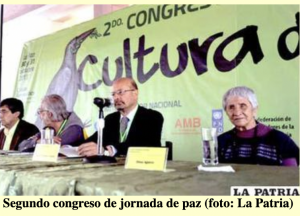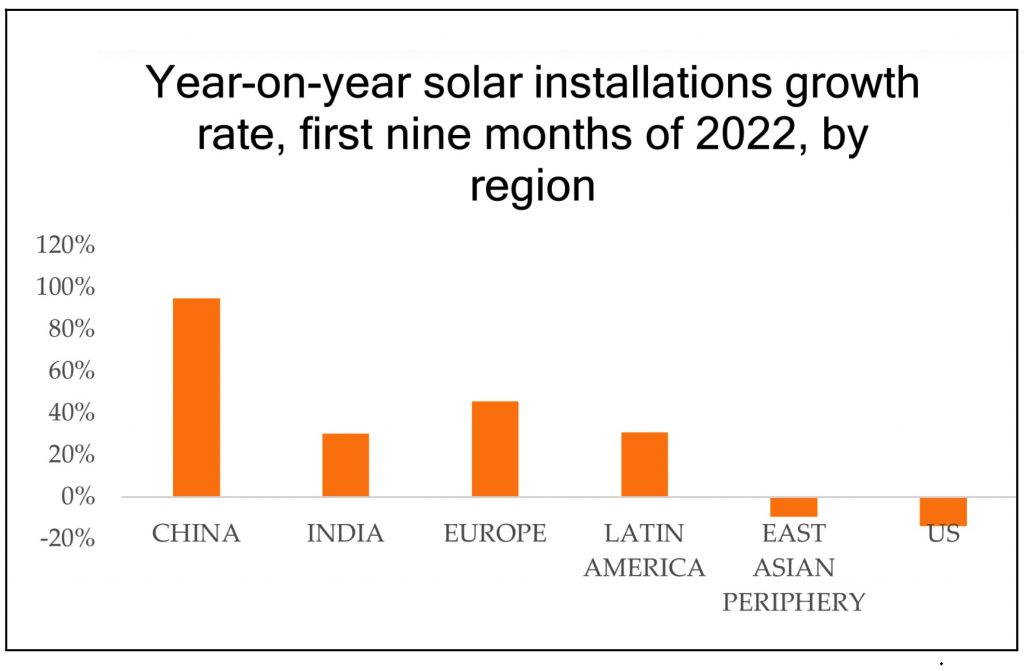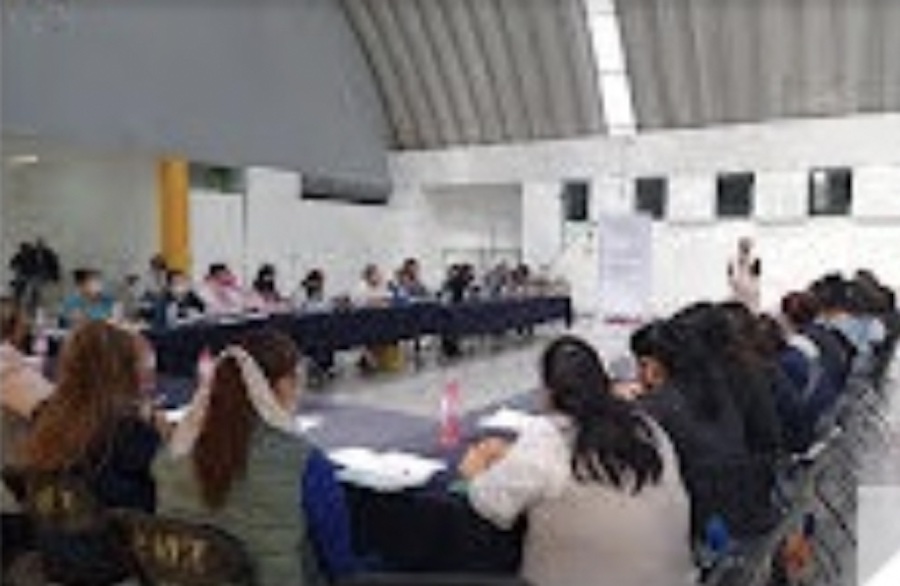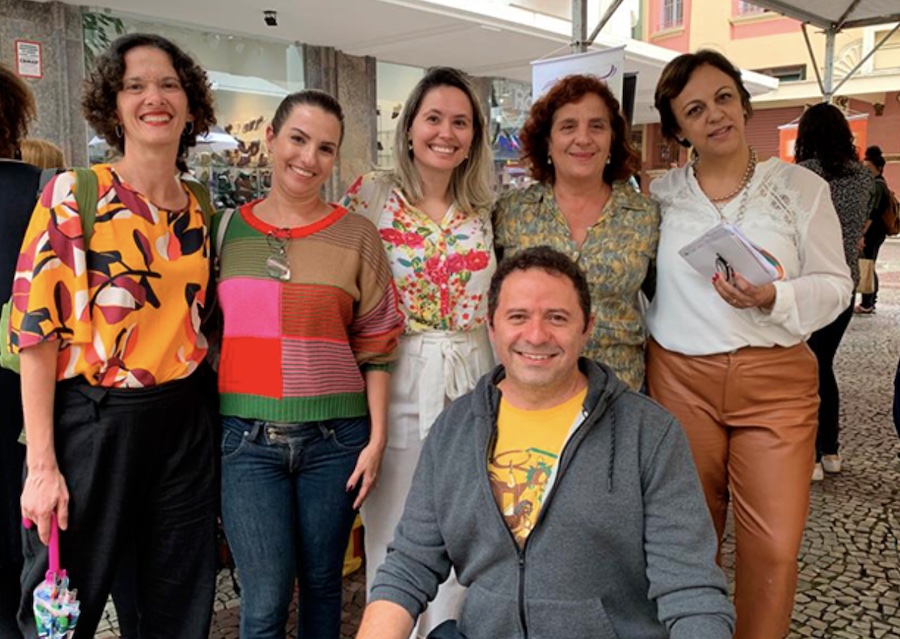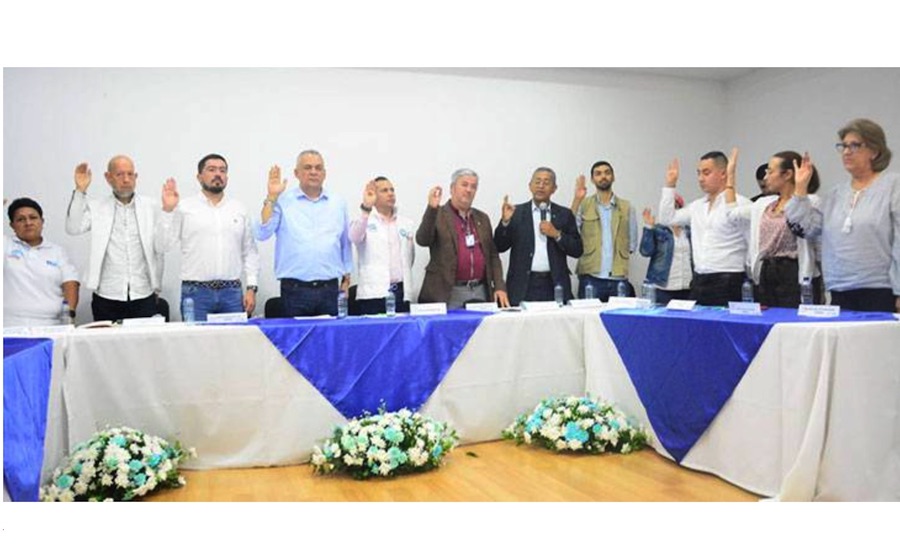DISARMAMENT & SECURITY .
An article from ![]() (translation by CPNN)
(translation by CPNN)
In the Itamaraty Palace, headquarters of the Brazilian Foreign Ministry, the recently inaugurated president Luiz Inácio Lula da Silva held meetings with leaders of 15 countries, in which Brazil reaffirmed its decision to relaunch the regional organizations of integration, analyze a change in anti-drug policies imposed by the US, and sign a pact to protect the Amazon.

Boric and Lula
The expectations of a relaunch of Latin American integration gained strength at the beginning of the year and after Lula’s inaugural speech, but for now they avoid taking into account the serious divergence on integration models that subsist within the left itself and/or progressivism. .
«Our commitment will be with Mercosur and the rest of the sovereign nations of our region. We will have an active dialogue with the United States, the European Union and China. We will make more alliances to have more strength from now on. Brazil has to be the owner of its destiny, it has to be a sovereign country”, said the new Brazilian president Luiz Inácio Lula da Silva, when announcing his road map for foreign policy.
The Mercosur agenda has several pending points, such as the possible entry of Bolivia, something in which Lula made a commitment with President Luis Arce in September, and the return of Venezuela to the organization. Lula will have to attempt a dialogue with the right-wing government of Uruguay, which has maintained a critical position towards the regional body, within the framework of its attempt to advance only in uncertain agreements with third countries or groups of nations, including China.
The bilateral meetings with presidents and high-ranking Latin American dignitaries, after Lula’s inauguration, were the kickoff to resume important issues for Brazil and its partners: a pact to protect the Amazon, a bi-oceanic corridor with Chile, and Brazil’s active return to the mechanisms of regional organizations that were abandoned by the Bolsonaro administration.
(Continued in right column)
Latin America, has it taken the lead in the struggle for a culture of peace?
(Continued from left column)
After meeting with Lula, the new President of Colombia, Gustavo Petro wrote that the fight for the Amazon is a common project for the two Latin American leaders. “A great pact to save the Amazon jungle in favor of humanity. Towards a change in drug policy; a Brazil guarantor of peace in Colombia and the study of the electrical interconnection of the Americas with clean energy sources”.
Brazil plans to convene a summit with the 11 presidents who share the Amazon. The meeting would take place in the first half of the year in Brazil.
“We have decided to restart the link between Argentina and Brazil with all the strength that it should always have,” said Lula, who will return the visit in Buenos Aires, where concrete actions will be sought to promote bilateral and regional integration. The expectations that open up for Latin America and for the particular cases of Venezuela and Bolivia.
Chilean President Gabriel Boric remarked that “The complicity that exists between both governments and the Latin American and South American integration policy that we are going to carry out, working together, Chile and Brazil, has become clear.” Boric spoke with Lula about his interest in the bi-oceanic corridor, a route through Argentina and Paraguay that will link the ports of Brazil and Chile.
“We are going to work to strengthen the Community of Latin American and Caribbean States (Celac) and Unasur, and we are going to risk it so that integration is not only based on declarations,” he added.
Lula reported that with Bolivian President Luis Arce he discussed collaboration on social policies, energy and the supply of fertilizers. Arce stressed the importance of deepening the work agenda on border issues, gas, electricity, urea, investment and trade between the two countries.
The president of Honduras, Xiomara Castro, the only Central American president to attend Lula’s inauguration, affirmed that at the next meeting of the Community of Latin American and Caribbean States (Celac), on January 24, she will establish with Lula, through a agreement, the different ways in which Honduras will receive support from Brazil.Lula da Silva Jorge Rodríguez
Jorge Rodríguez, president of the Venezuelan National Assembly, held a meeting with Lula on Monday. Social movements in Brazil held an event in the capital to return the Venezuelan embassy to Venezuela after three years of being closed due to the aggressive policies of the government of the outgoing Brazilian president, Jair Bolsonaro.
In addition to the re-entry to Mercosur, several issues remain pending on the agenda with Venezuela. The first is the normalization of diplomatic relations, which is already underway with the appointment of Manuel Vicente Vadell as ambassador to Brazil and the announcement by Foreign Minister Vieira to immediately send “a charge d’affaires to recover the buildings that we have there.” ”, and then appoint an ambassador.
(Thank you to OtherNews for calling this article to our attention.)
